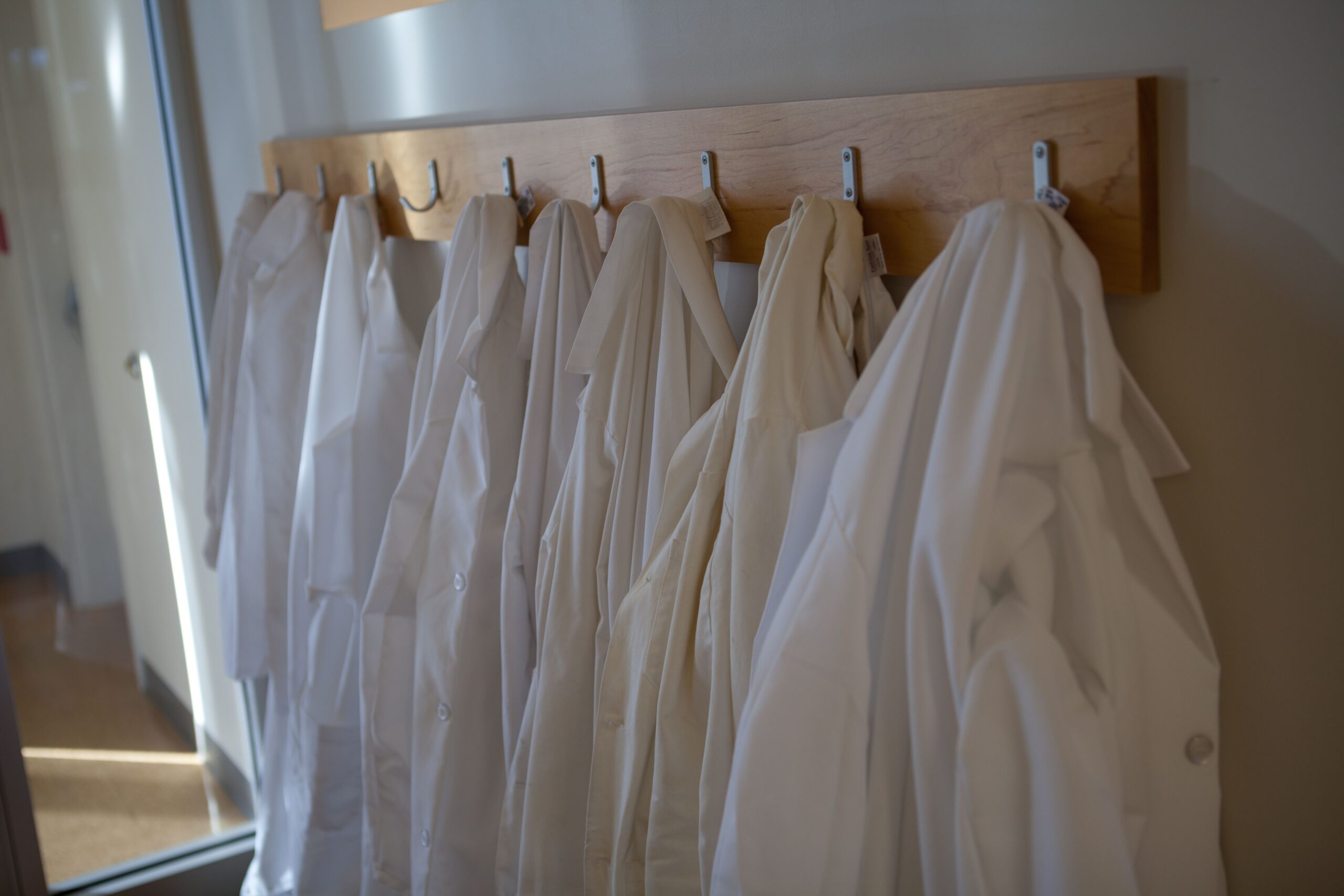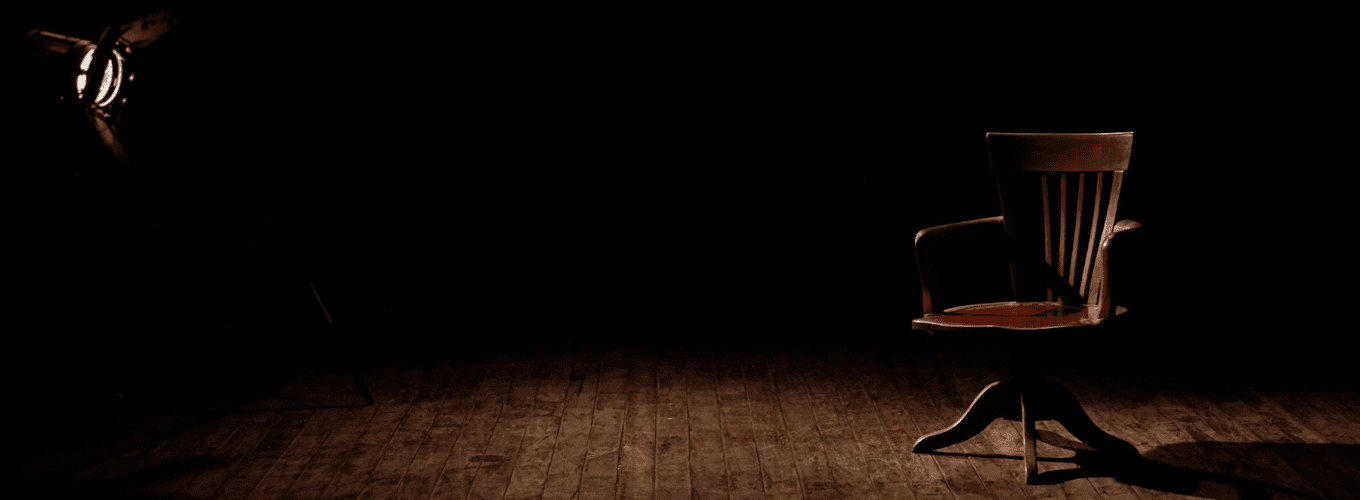
Speaker Spotlight: Aindrila Mukhopadhyay
Undergraduate science communication intern Mira Cheng sits down with speakers from the weekly IGI Seminar Series to discuss their innovations, motivations, and eclectic hobbies.
Dr. Aindrila Mukhopadhyay is a Senior Scientist in the Biological Systems & Engineering Division at the Lawrence Berkeley National Lab. I interviewed Dr. Mukhopadhyay when she spoke at the IGI on March 12th, 2019. An abridged version of our conversation appears below.
MC: Could you please tell me a little bit about your journey in becoming a scientist?
AM: “I had a really good high school chemistry teacher; this person was a PhD student at a nearby university, and I was in his tutoring class. There were concepts that he would explain to us that were maybe beyond the high school level. I understood what he was trying to explain, and it was really encouraging. That permanently oriented me towards the [chemistry] discipline. Even though my formal training was mostly in chemistry, my research has always been in biology. I am fortunate to be in this interdisciplinary area.”
MC: What are some challenges that you’ve faced throughout your career?
AM: “I’ve probably faced many of the biases that people of certain races and genders face, but I have to say that I’ve had a lot of champions and mentors too. There wasn’t ever a situation where I felt like I had no help.”
MC: How did you come to work on the project that you are going to talk about in the seminar lecture?
AM: “This project has been going on in one form or another for many years now. I became associated with this project about 16 years ago. This is what I mean about support: I had both the funding and the encouragement to keep asking questions. We wanted to understand how information is shared and dispersed in microbial communities. There are many angles from which you can study a microbial system. This is the angle that I wanted to approach it from. I’d studied microbial systems before, but [this time] I wanted to study extra-chromosomal information and mobile genetic elements. The project has led us to full-on collaborations with many members from the field. [Overall, the project] was very fruitful. We ended up finding a lot of mobile genetic elements, which have opened up a whole new set of questions.”
MC: What do you hope to achieve with this project?
AM: “There are a few end goals, now that we’ve understood the mobile genetic elements, the genes they encode, and the mechanisms. They are extra bits of information carried by microbes and can tell us a bit about what has happened or may happen, outside of the time frame that one is making the measurement. As an analogy, if I see you carrying around a heavy jacket indoors where it’s not cold, it’s telling me something about you that is not about what is happening right now. I can hypothesize that it’s cold outside and that you occasionally go outside, where having that jacket gives you an advantage.
Also, the plasmids and the genetic tools that we use for lab work are pretty sophisticated, but most of them were developed in 1950s and 1960s. There’s now a need to develop new tools for new systems. It goes without saying that CRISPR-based tools have revolutionized the kind of questioning that we can do. And now we would like to use such tools in a variety of microbes. So there is a need for ancillary synthetic biology technologies that these mobile genetic elements can provide.
MC: Where do you see your field in ten years?
AM: “That’s not very long for some things, and more than enough for other things. It’s the people and how society thinks of the solutions we bring, that influences the field. The importance of microbiomes has been talked about for years. In ten years we will be able to have much more sophisticated, environmentally-friendly processes, and highly accessible tools. The more we understand about these microbial systems, the safer [the science] gets, and the safer it gets, the more translational and widely used it can become. We hope to make it a part of normal parlance in everyday life.”
MC: Why do you think interdisciplinary collaboration is important?
AM: “I think [science] today is already interdisciplinary. More and more universities and institutions are developing curricula that bring together interdisciplinary areas. Institutes are now trying to combine science with socioeconomic factors. For this project, we have scientists who work in the field, working with scientists who are experts in the lab, working with scientists who focus on computational analyses. The power lies in looking at the same body of information through the lens of different disciplines. At some level all of this knowledge will have to have some sort of confluence in order to have real life impact. The true power of this interdisciplinary approach is when you can close the loop from field to lab and back to the field.”
MC: What is something that you do a lot that people wouldn’t necessarily expect?
AM: “I have this thing for weird analogies, I like these analogies. I think I picked it up from my PhD advisor. I do a lot of that though, maybe I should temper it a bit.”
MC: If you could describe yourself in three words, what would they be?
AM: “Pragmatic, tenacious, team-oriented.”
MC: If you could listen to a conversation between any two people (past or present), who would it be?
AM: “I would love to hear a conversation between Hedy Lamarr and Michelle Obama. These are two brilliant women, from very different circles and different times.”
MC: What advice would you give your younger self?
AM: “The same advice that would give myself now: Not to worry so much, just do the thing that you want to do. Are you doing what you want to do?”
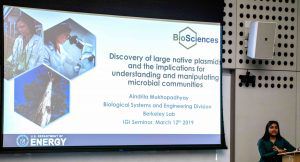
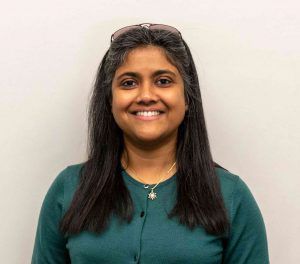
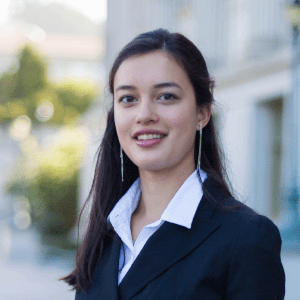 By
Mira Cheng
By
Mira Cheng
